5 Ways to Power Up Your Practice with Yoga Props
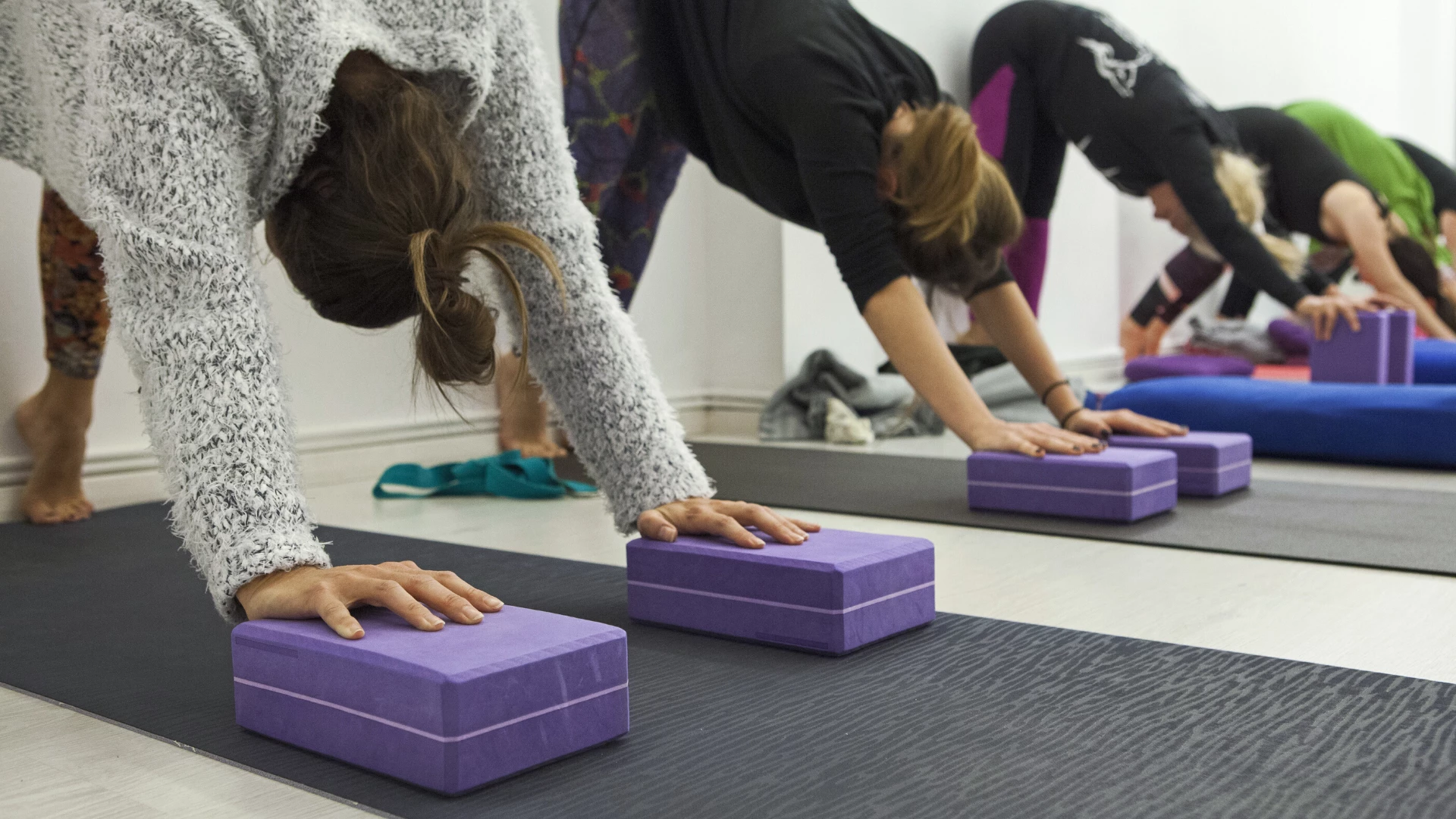
Yoga props breathe life into your practice. On occasion, as a yoga teacher, I have seen firsthand the resistance to using props in one’s practice. As a student, there certainly have been times when I’ve said to myself, “I don’t need to use a block for this pose.” As I move deeper into my practice and continue to practice over the years, I find that using props helps keep my yoga practice interesting. If you are unsure whether or not to use props, here are five reasons to incorporate yoga props into your practice and teaching.
5 Ways Yoga Props Can Help to Power Up Your Practice
1. Say Goodbye to Pretzel Asanas:
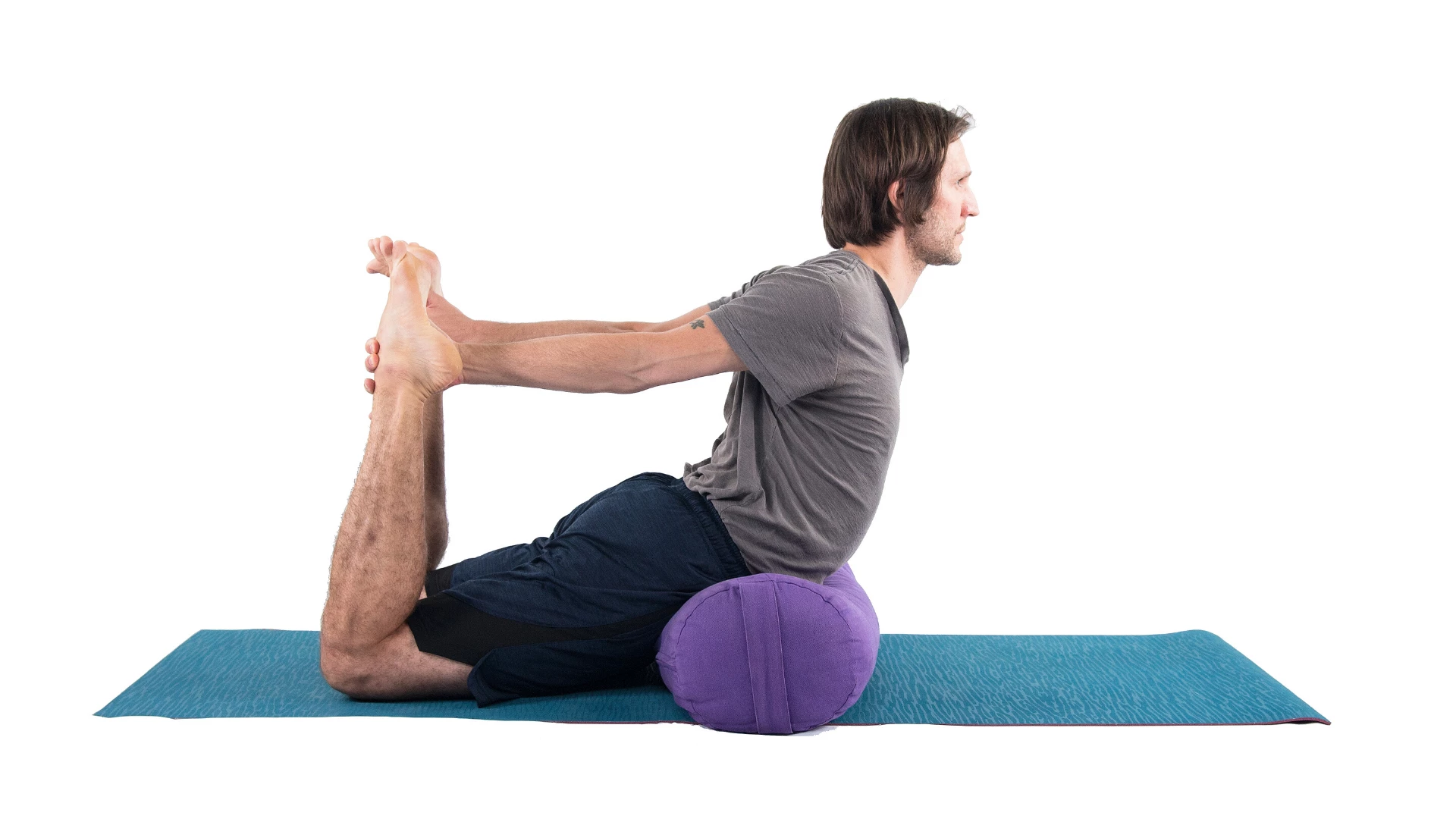
For a long time, yoga has been represented in unrealistic terms in the media, with contortionist-like poses. This has deterred potential practitioners: “If yoga means to put my body in that shape, it’s not for me.” Using yoga props helps you say good riddance to pretzel asanas and introduce versions of the pose that are accessible to every body.
For example, if a student has balance issues, they can stand close to a chair or a wall. Or if you ask a student to make a connection between their hand and their foot, a strap can be an excellent way of creating that connection without the need for the hand and foot to touch.
2. Props Give Your Body Feedback:
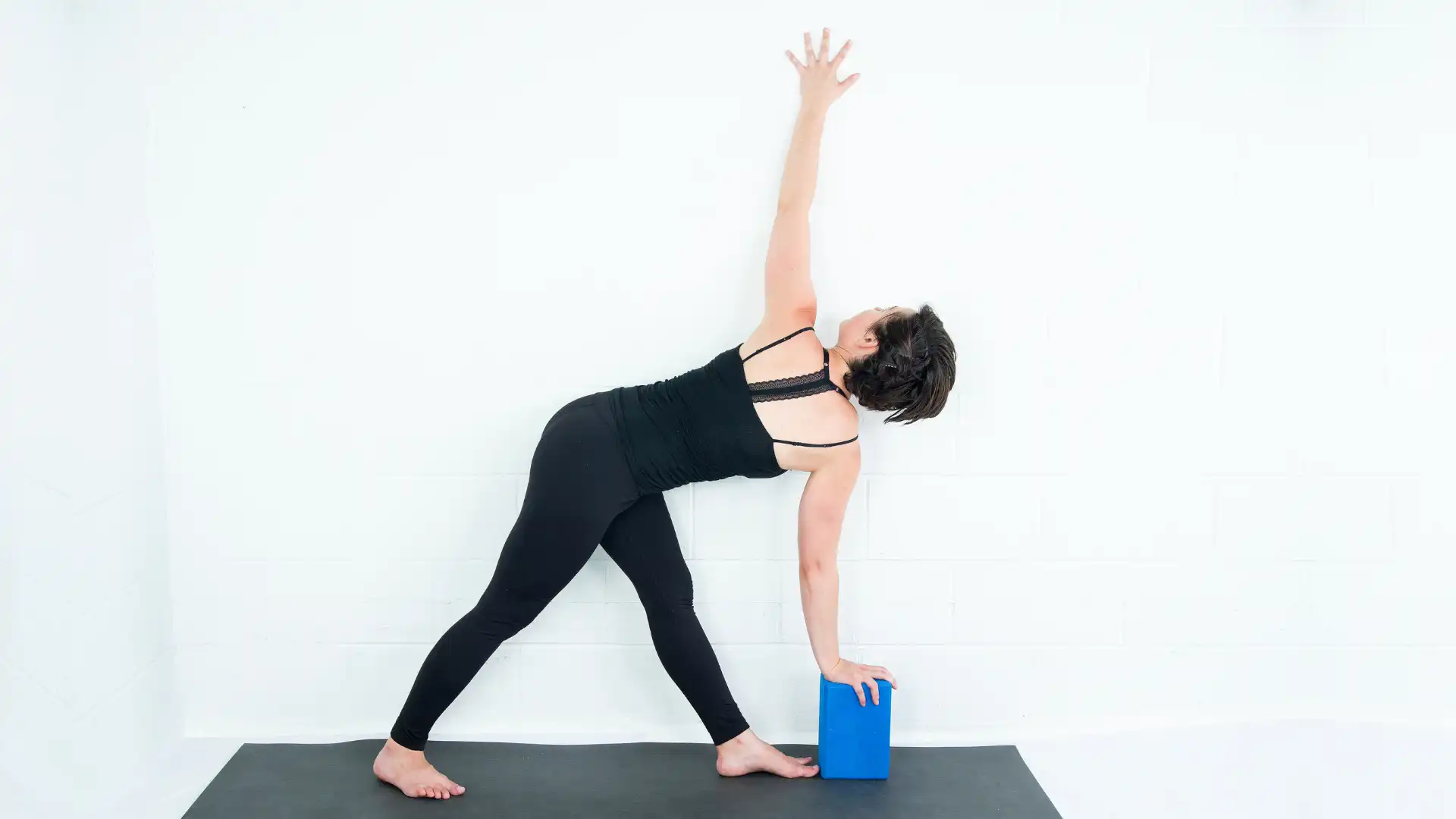
Some may view yoga props as a “crutch.” This can feel like fingernails scratching against a blackboard. In reality, yoga props bring a new dynamic to the practice by offering feedback where the free-standing body cannot.
If you press your hip into a block wedged between your body and a wall, you can feel how your body wants to sway to the side when you perform a particular movement. Without the prop, you may not realize what your body is doing in space. Using yoga props enhances your bodily awareness.
3. Strengthen Your Yoga Practice:
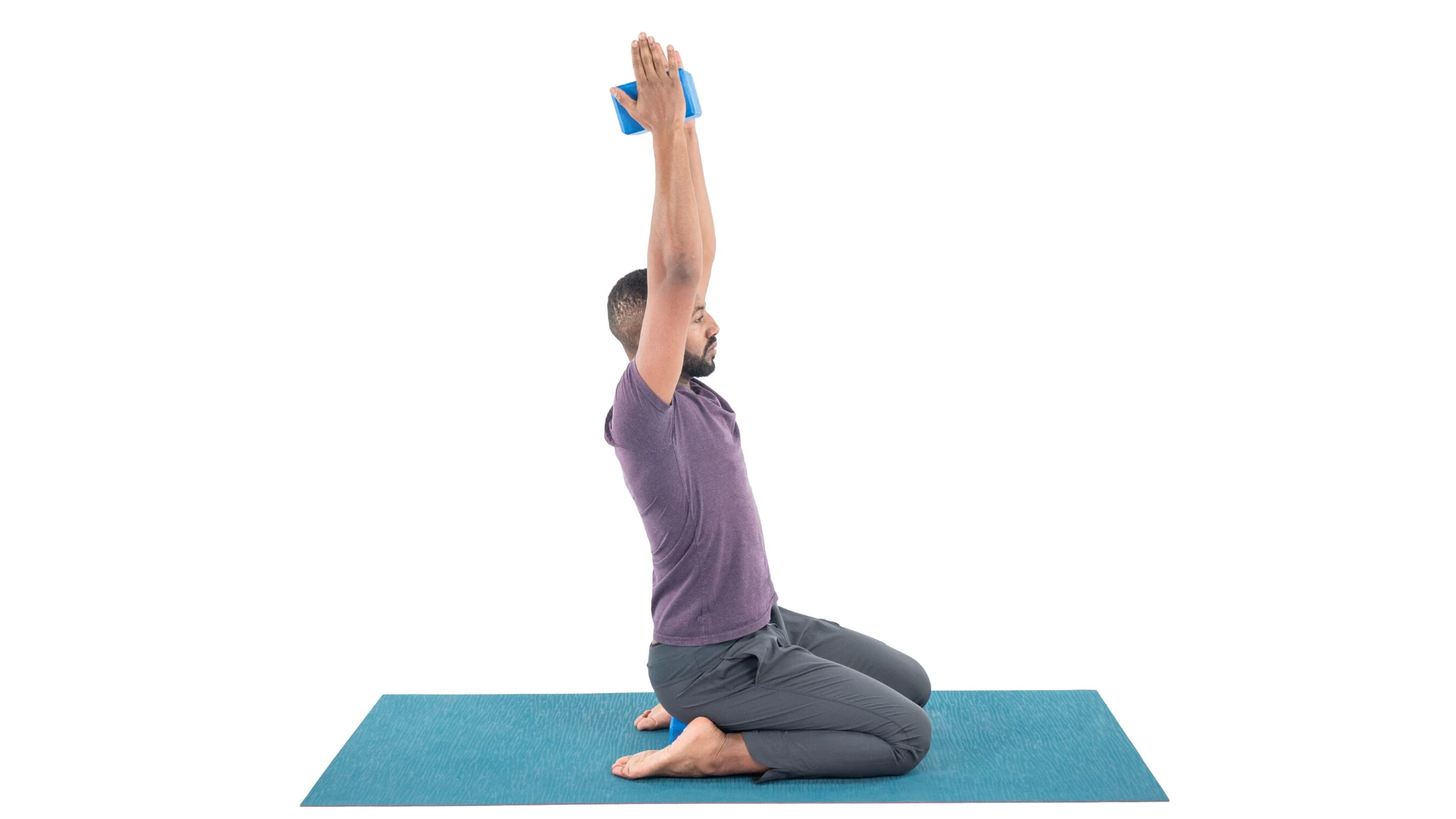
Adding props can strengthen your practice. This reason goes hand in hand with the previous one. With more body awareness, you feel how your body moves and can focus on specific actions.
For instance, if you have a block between your thighs in Utkatasana (Fierce Pose), you have something you can squeeze your thighs into, which can be more strengthening than simply squeezing your legs together.
For a pose like Navasana (Boat Pose), having blocks under your legs creates more of a challenge because you have raised the height of the floor, preventing the legs from lowering all the way. (In this version of Navasana, place a block on the floor underneath each of your legs so that your legs hover over the blocks, but avoid touching the blocks. Depending on how high you stack your blocks, this can increase the challenge in Navasana.) Blocks can be used as objects of focus by touching, hovering, or spotting, which all challenge your practice.
4. Yoga Props Add in Relaxation and Restoration

Restorative yoga aims to calm the sympathetic nervous system through long-held yoga poses supported by yoga props. Over several minutes, with yoga props appropriately located, your body seeps into the support of the props. Normally, you might not teach a restorative practice instead of your normally scheduled or titled class, but you may add a restorative pose into your sequence along with Savasana.
Allowing yourself and your students to use props in these “quieter” poses will significantly aid in a more profound, sustainable relaxation.
5. Spice Up Your Practice with Yoga Props:
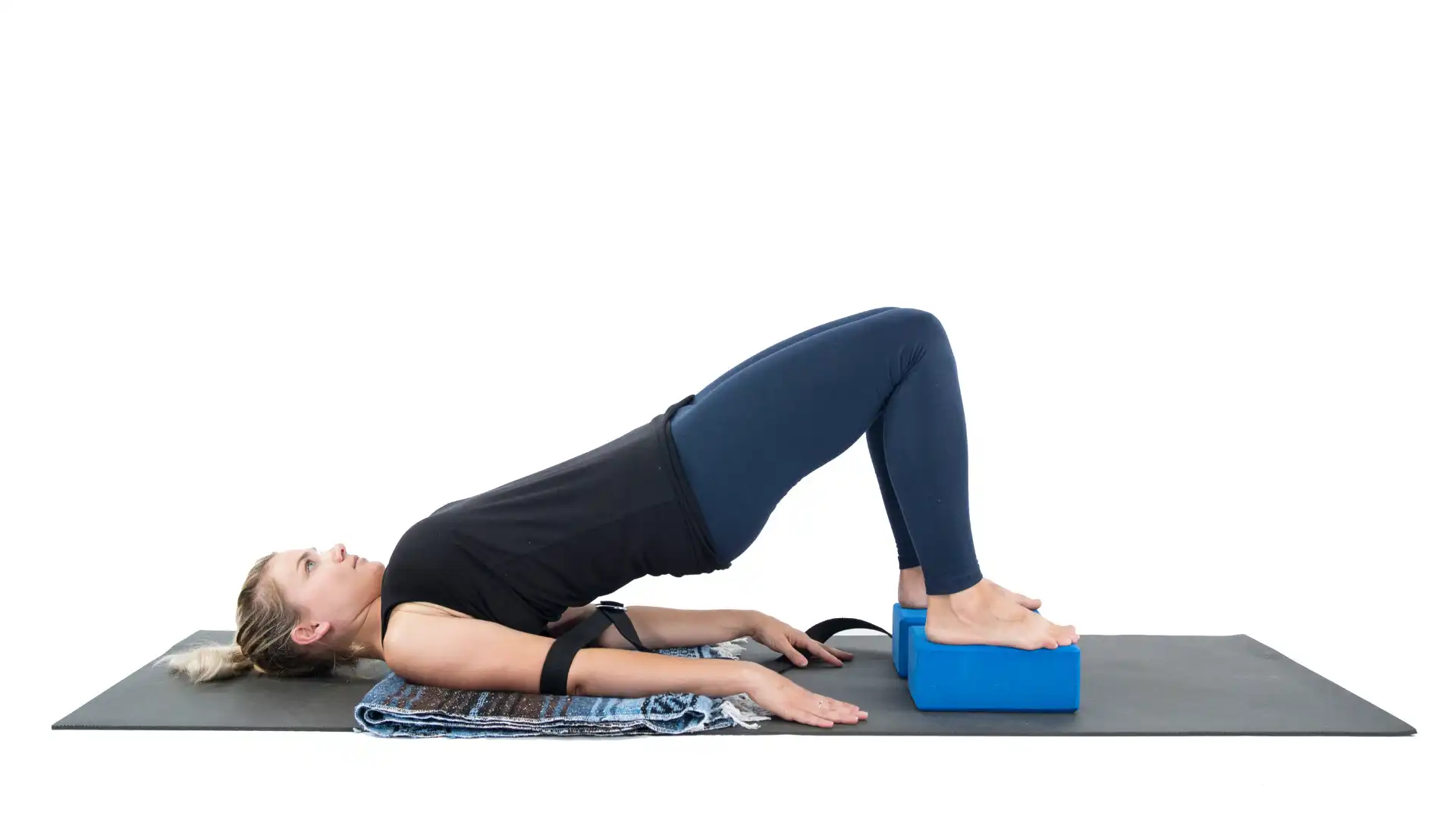
There are different variations of poses, but for the most part, yoga is a repetitive practice. This can be monotonous and lead to less play and less inquiry. Without the stimulation of learning new things, getting bored is easy.
Yoga props keep your practice interesting and your mind engaged. For example, you could practice Setu Bandha Sarvangasana (Bridge Pose) for a few months with a block under your hips. Then, practice the same pose with a strap wrapped around your thighs and press your outer thighs into it.
After another month, instead of pressing your legs out into a strap, you hug the inner thighs into a block. After a while, you can place your feet onto a bolster or a wall and lift up with your feet supported but elevated from the floor. There are an infinite number of prop and pose variations to keep you thoroughly engaged in your yoga practice and teaching.
Incorporating yoga props into your practice creates a new dimension. You can incorporate these elements little by little into your practice and teaching so that you can discover the beauty of using props in regular practice instead of as an option.
This also clarifies why and how you are using them. “Today, we are going to use a block between our thighs in Bridge Pose to create awareness in the inner thighs and better identify this part of our body.”
Adho Mukha Svanasana (Downward-Facing Dog Pose) will always be Downward-Facing Dog Pose, no matter what, but understanding the pose from different angles and how using props clarifies certain actions within a pose is vital to the longevity and enjoyment of a yoga practice.
Would you like more yoga asana practice tips? Here’s another article from writer Allison Schleck – 6 Keys To Healthy Alignment In Ustrasana.
Learn more about props in this YogaUOnline article –Think Outside the Block: A Guide to Innovative Yoga Props.
Also, read...
Change Your Perspective of Pelvic Tilting: How the Transversus Abdominis Can Help
4 Ways to Practice Locust Pose
5 Keys to Healthy Neck Alignment in Cobra Pose (Bhujangasana)
Related courses
Breath as Medicine: Yogic Breathing for Vital Aging
Yoga and Myofascial Release: Releasing Chronic Tension with the Bodymind Ballwork Method
Yoga and Detoxification: Tips for Stimulating Lymphatic Health

Allison Ray Jeraci, E-RYT 500, RPYT, is a vinyasa-based yoga teacher, fascinated by the intricate relationship between the mind and body. She offers a range of alignment-focused classes touching on anatomy, philosophy, and creative propping with a mindful approach. In addition to teaching group classes and managing the Yoga Culture studio in Danbury, CT, she also teaches at Open Door Family Medical Center in Westchester, NY, empowering mothers-to-be with prenatal yoga classes and childbirth education. You can find her @allisonschleck on Instagram and www.allisonrayjeraci.com.



